To quickly and effectively acquire time-correlated single photon counting (TCSPC) lifetime data, DeltaFlex provides a high-performance, flexible fluorescence lifetime spectrometer.
The DeltaFlex TCSPC system is a next-generation TCSPC lifetime instrumentation from HORIBA Scientific’s Delta series. DeltaFlex provides the highest level of flexibility.
Without switching cables or cards, this system is made to test luminescence lifetimes spanning over 11 orders of magnitude. The system’s heart is its DeltaHub timing electronics, which provide almost lossless counting and enable lifetime measurements from 25 ps to 1 second.
The DeltaFlex offers quick and effective capture of lifetime data due to its high repetition rate sources, high-speed detectors, and ultra-low deadtime electronics.
The new F-Link bus makes modularity much simpler. Any component can be added to the instrument, and the system will instantly recognize it and make it available from the software.
The capacity to do time-resolved measurements in this range is crucial since biological probes and applications, such as photovoltaics, are expanding farther into the NIR. A variety of NIR detectors can combine with DeltaFlex to provide a solution.
The DeltaFlex system uses the interchangeable selection of PPD picosecond detection modules, DeltaHub timing electronics, and DeltaDiode excitation sources. Add excitation and emission monochromators, such as TRES, to complete spectral collections and choose wavelengths.
Low temporal dispersion is a specific goal of the TDM-800 monochromator’s design. A sample holder with a digital temperature sensor and a magnetic stirrer is included with the systems.
Monochromators, Peltier temperature control, a broad list of DeltaDiode and SpectraLED sources, and others are examples of accessories. Through the F-Link spectrometer bus, the DeltaFlex is simply able to upgrade to include motorized devices.
With an H10330 series detector and a SpectraLED excitation source, the DeltaFlex-NIR-H optical system is shown.
Features
- SpectraLEDs can be used to acquire longer lifetimes (µs–s) and are available from UV to NIR
- Upgrade to a monochromator-based NIR system (DeltaFlex-NIR-H or DeltaFlex-NIR-R)
- Easy to add accessories with F-Link bus
- Comprehensive software package
- Measure lifetimes from 25 ps with laser diodes and a PPD detection module
- Up to 1,000 TCSPC measurements per second–ideal for kinetics studies
- Monochromator wavelength selection
- DeltaDiodes available from UV to NIR. Consult the DeltaDiode page for full details
- Measurement modes
- Lifetime–measure 25 ps to 1 second
- Kinetic TCSPC–1 to 10 000 decays measured sequentially in 1 ms to 1 minute per decay
- Anisotropy–reconvolution analysis to resolve shorter rotational correlation times
- Time-resolved emission spectra (TRES)–Collect up to 100 wavelength-dependent decays
- Steady-state
Specifications
DeltaFlex System
Table 1. Source: HORIBA Scientific
| . |
. |
| Minimum Lifetime |
25 ps with laser diode source* |
| Shortest measurement time |
1 millisecond* |
| Repetition rates |
10 kHz - 100 MHz with DeltaDiode, 0.1 Hz - 10 kHz with SpectraLED |
| Diode controller |
DeltaDiode and SpectraLED |
| Prompt FWHM |
<200 ps FWHM with PPD/TBX and laser diode |
| Deadtime |
10 ns |
| Time ranges |
10 ns - 11 s |
| Wavelength selection |
- Emission monochromator as standard 200-800nm.
- 300-1200 nm and 400-1600 nm versions optional
- Excitation and 2nd emission monchromators also available
|
| Detector response |
- 250 - 650 nm standard, 250 - 850 nm and 300 – 900 nm optional.
- NIR detectors to 1700 nm available
|
| PC interface |
USB 2.0. PC not included. Requires Windows XP or Windows 7, 32/64-bit English language ver |
| System Footprint |
75 cm x 55 cm nominal excluding PC |
**With DeltaDiode and PPD attached, no cables
DeltaFlex-NIR upgraded systems
Table 2. Source: HORIBA Scientific
| |
DeltaFlex |
DeltaFlex-NIR-H |
DeltaFlex-NIR-R |
| Measurable lifetime* |
25 ps to 1 s |
100 ps to 1 s |
300 ps to 1 s |
| Interface |
USB |
USB |
USB |
Wavelength coverage of detector
|
250-650 nm
(250-850 nm or 300-900 nm optional) |
950-1400 nm or
950-1700 nm |
300-1400 nm or 300-1700 nm
|
* Dependent on sample and system configuration
Applications
Dye‐protein binding monitored in a microliter volume using time-resolved fluorescence
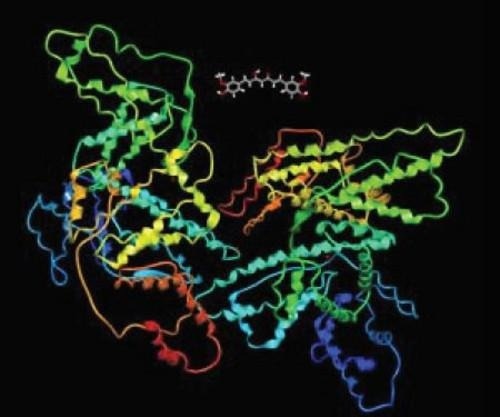
Image Credit: HORIBA Scientific
Curcumin, a compound frequently found in turmeric (Curcuma longa L), possesses antioxidant properties that have piqued the interest of various study teams due to the possible health advantages they could provide.
Stopped flow time‐resolved fluorescence study of serum albumin – curcuminoid binding
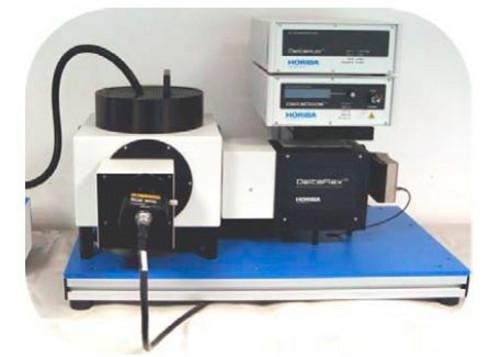
Image Credit: HORIBA Scientific
It is possible to characterize interactions and reactions that take place in solution using rapid mixing tools for stopped flow measurements. A flowcell is injected with the combined reactants that have been ejected from the syringes.
Fluorescence anisotropy studies
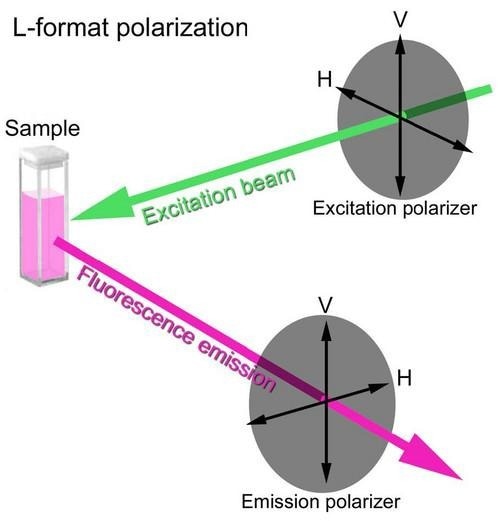
Image Credit: HORIBA Scientific
Polarized fluorescence is produced when polarized light interacts with a fluorescent molecule. Depending on rotational diffusion and other variables, this polarized emission progressively transforms back into unpolarized fluorescence.
Anisotropy, which is the proportion of the polarized light component to the overall light intensity, is directly connected to polarization.
Measuring PL upconversion spectra and lifetimes of lanthanide-doped nanoparticles
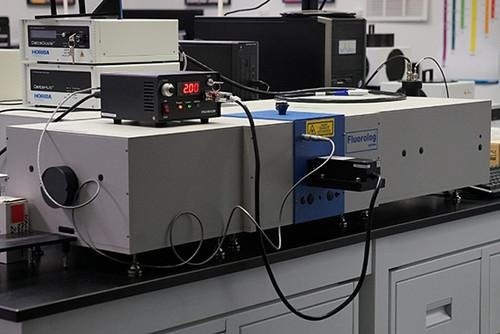
Image Credit: HORIBA Scientific
Upconverting lanthanide-based nanomaterials have a distinctive fluorescence anti-Stokes shift that enables them to convert NIR wavelength excitation into visible shorter wavelength emissions (NIR to UV-Vis).
Characterizing lanthanides in glasses for optical applications
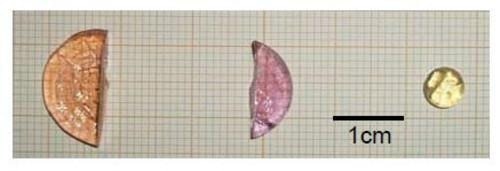
Image Credit: HORIBA Scientific
Glasses are necessary items with a wide range of applications and design options. There is interest in changing the glass composition in optoelectronics to encourage the integration of lanthanide elements.
Upconversion of lanthanide-containing glasses using DD‐980L excitation
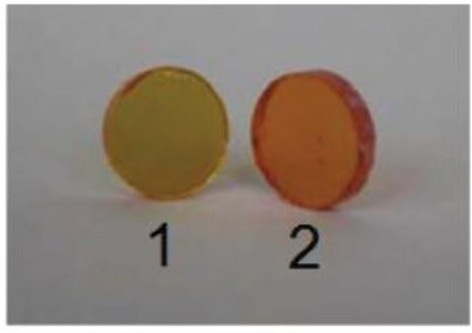
Image Credit: HORIBA Scientific
Upconversion is an optical phenomenon that converts longer wavelength, lower energy photons into shorter wavelength, higher energy photons.
Measurement of carrier lifetime in perovskite for solar cell applications
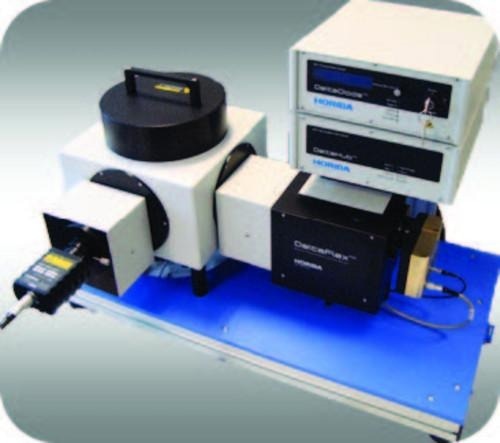
Image Credit: HORIBA Scientific
Light incident on a leaf can be absorbed by chlorophyll, allowing the photosynthetic cycle to begin. The amount of extra energy that is released as heat or fluorescence can be utilized to assess how effectively the photosynthetic process is working.
Monitoring whole leaf fluorescence using time‐resolved techniques
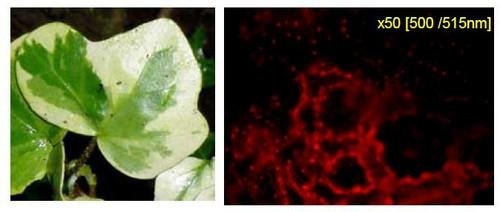
Image Credit: HORIBA Scientific
Chlorophyll on a leaf could absorb light to start the photosynthetic process. Excess energy can be released as heat or as fluorescence, and this can be used to measure how effectively the photosynthetic process is working.
The measurement of singlet oxygen lifetime sensitized using rose bengal
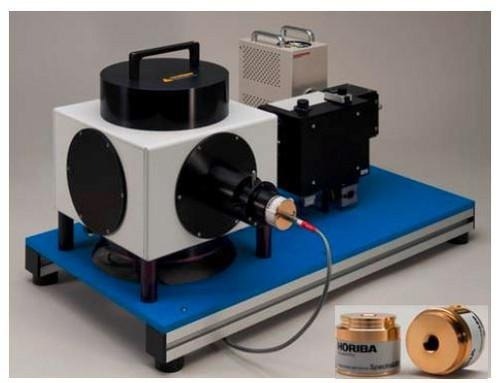
Image Credit: HORIBA Scientific
The study of singlet oxygen (1O2) is of particular interest since it is a highly reactive species. It can be created by photosensitization of a molecule, such as a dye or a porphyrin.
As a result of the appropriate sensitizer selection, the presence of oxygen and light, 1O2 can be selectively created. It possesses the biological potential to harm and destroy cells, which has sparked interest in its application as an anticancer drug in photodynamic therapy (PDT).
Effect of temperature on HSA structure inferred using time resolved room-temperature phosphorescence
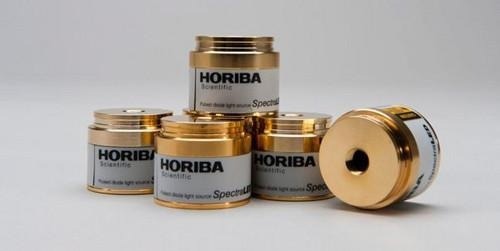
Image Credit: HORIBA Scientific
The UV excitation wavelengths for pulsed phosphorescence studies have traditionally been reserved for low-repetition-rate gas-filled lamps or greater laser systems to access intrinsic amino acids, such as tryptophan, as probes. The use of interchangeable semiconductor diodes has just become possible.
Plasmon enhancement of protein fluorescence by silver nanostructures
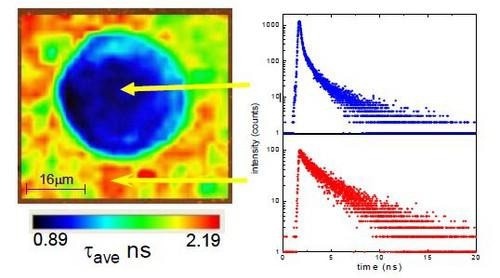
Image Credit: HORIBA Scientific
Due to the potential improvement in photophysical characteristics, using metal surfaces in combination with fluorescence molecules that utilize a plasmon effect is frequently referred to as metal-enhanced fluorescence.
Investigating photocleavage using time‐resolved emission spectra
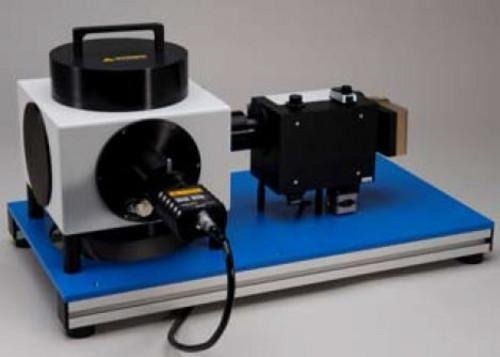
Image Credit: HORIBA Scientific
Since they can stop the occurrence of undesirable side products and reactions, protecting groups play a critical role in the success of many processes in organic synthesis and the management of polyfunctional molecules.
Time‐resolved luminescence of security inks from the UV to NIR
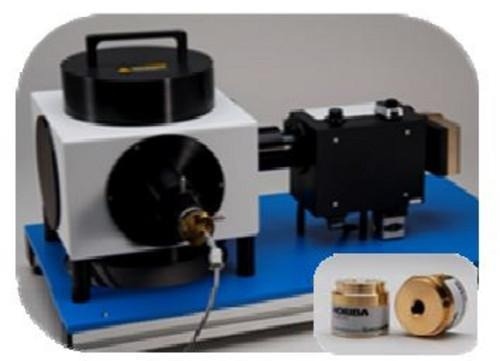
Image Credit: HORIBA Scientific
In an effort to combat fraud and counterfeiting of materials and goods, the usage of security features—such as luminescent inks—has dramatically grown.
Elucidating local viscosity using fluorescence lifetime measurements
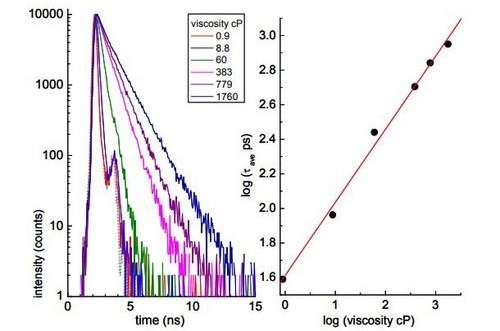
Image Credit: HORIBA Scientific
By measuring the fluorescence lifetime of certain fluorescent molecules, referred to as molecular rotors, the local (nanoscale) viscosity in microheterogeneous systems can be calculated. Since the measurement is easier to execute and takes less time than the traditional fluorescence anisotropy approach, this could prove helpful.
The gelation of silica created using the sol-gel process is observed using the HORIBA Scientific TemPro fluorescence lifetime system to demonstrate this.
MCS and protein phosphorescence
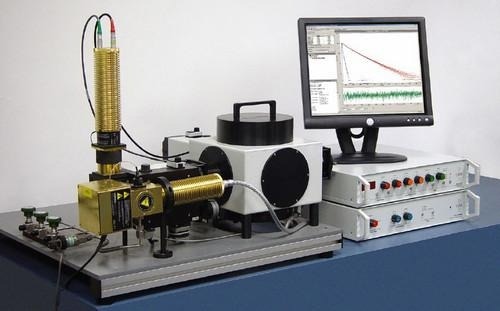
Image Credit: HORIBA Scientific
As a tool for probing protein dynamics and structure, tryptophan phosphorescence inside protein molecules is gaining popularity. The local environment and shape of the protein molecule influence the tryptophan phosphorescence lifespan, or τ.